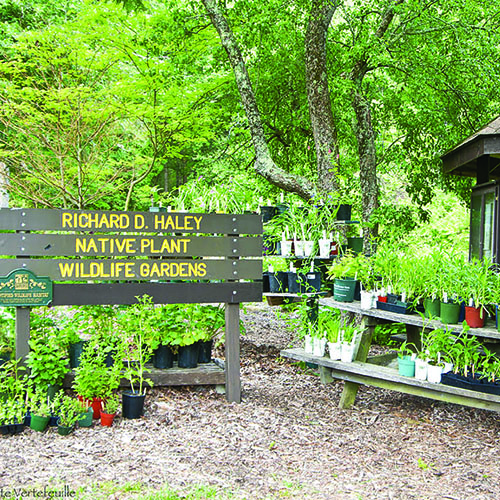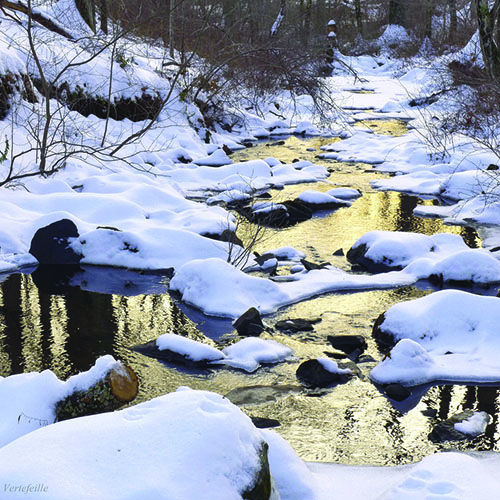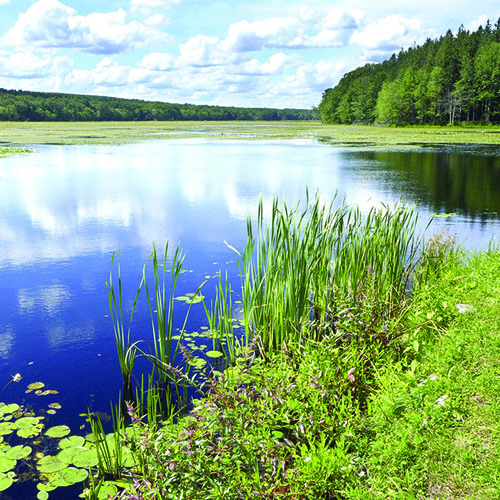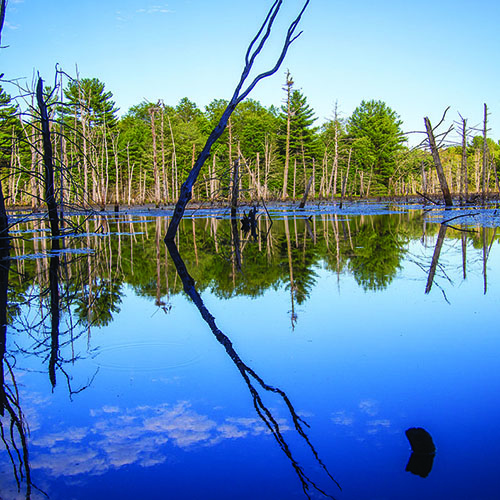Hampton, CT
Hampton was first settled in the early 1700s as Windham Village. The first residents were primarily farmers who worked tirelessly to establish the early agricultural landscape of the town. Throughout the years Hampton has played its part in American history. In the early years of our country, residents provided food and military support to Washington’s men during the Revolutionary War. In the 18th and 19th century, while continuing the tradition of farming, residents worked in local mills during the Industrial Revolution.
Things changed dramatically in 1872 when the railroad became a vital element of the culture. A stop in Hampton allowed farmers to sell their harvest over a much larger area also provided easy transport for locals and visitors. Summer visitors provided a new type of business in the area: tourism, bringing welcome revenue to the town. When the rail service was eliminated in 1955, Hampton returned to its traditions of farming and rural life. Today it is populated by a wide range of people including farmers, artists, tradesmen, town officials, teacher and volunteers, all committed to the community, its traditions and a priority of preserving natural spaces.
Along The Trail

1. James L. Goodwin Conservation Center
23 Potter Road
Open daily from dusk til dawn
CFPA website: ctwoodlands.org/Goodwin
DEEP website: ct.gov/DEEP/Goodwin
Friends of Goodwin website: Friendsofgoodwinforest.org

2. Goodwin Forest Conservation Education Center and Museum
23 Potter Road
The original Pine Acres homestead now serves as an education center and museum which focuses on providing educational opportunities on conservation, forestry and natural history. Learn more about Goodwin’s remarkable history by visiting the center at the heart of the state forest.

3. Trail Woods
93 Kenyon Road
Trails open daily from dusk til dawn
This former home of acclaimed writer Edwin Teale was gifted to the Audubon Society in 1981. Today it offers almost 4 miles of hiking trails over 168 acres of land. There is also an artist-in-residence program and numerous nature, art and writing programs offered throughout the year.

4. Richard D. Haley Native Plant Wildlife Garden
This stunning wildflower garden was created in memory of naturalist Richard Haley. It is maintained by master gardeners, supported by local volunteers, and presents a wide range of Connecticut wildflowers. Native plants are available to purchase from June until August at the plant stand located in the garden near the education center.

5. Pine Acres Pond
This large (135 acre) and shallow pond is ideal for boating and fishing. Bass, bluegill and bullheads populate the pond. A boat launch is located at the southeast end of Potter Road, allowing easy access for canoes, kayaks, and boats. Please note, while electric boats are allowed, gasoline boats are not. A Connecticut fishing license is required for pond fishing.

6. Forest Discovery Trail
This trail begins at the northwest corner of the Wildflower Garden and loops around through several managed forest areas. The Forest Discovery trail is approximately 0.5 miles long and is suitable for an easy hike.

7. Blue Blazed Natchaug Trail
The Blue-Blazed Natchaug Trail begins at the conservation center on Potter Road and continues north where it connects with the Nipmuck Trail. This trail, suitable for hiking, offers an opportunity to observe a wide range of Connecticut Wildlife including turtles, beavers and a multitude of birds.
